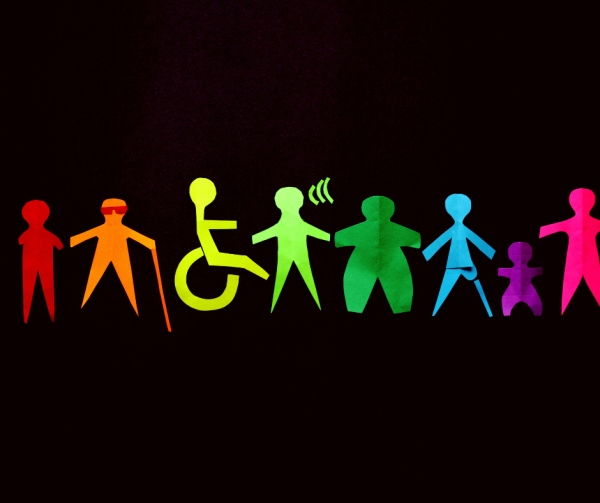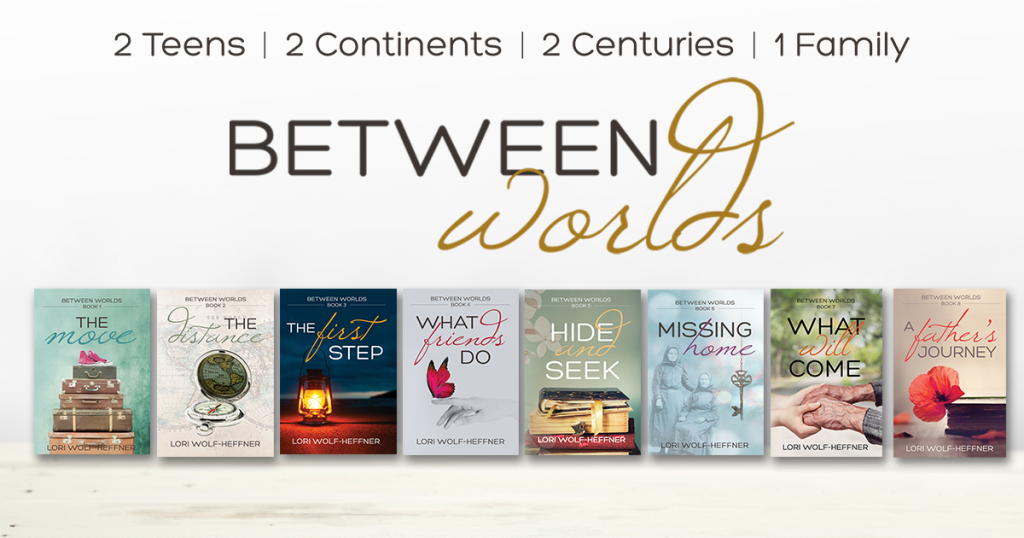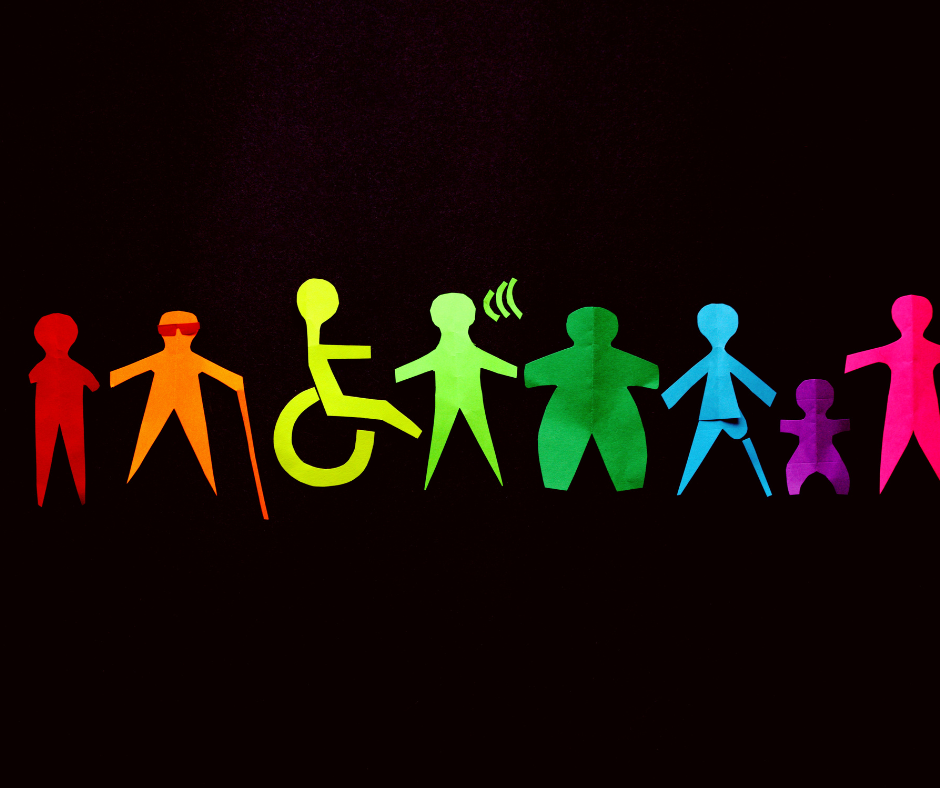Austin Tschirhart, age 16 in 2017, is one of my favourite characters to write. I can kind of live vicariously through him and raise awareness at the same time. In this blog post, I’ll discuss my fiction books about epilepsy and how I use disability in fiction.
Do you write fiction books about epilepsy?

I apologize if that wording seems awkward, but that’s apparently the phrasing used in Google searches. (That’s what writing for your audiences entails—using words they enter into Google. Apparently “novels about epilepsy” is hardly used.)
Austin Tschirhart is a fictional character with epilepsy who appears as a child in one short story and as a teen in two novels in the Love on Belmont series. He has absence seizures, so he doesn’t fall to the floor and experience energy-sapping muscle jerks, the kind of seizures you might be familiar with. (They’re called tonic-clonic seizures.)
Instead, he freezes and stares for up to ten seconds. He’s had this most of his life, but in the novels, he’s only diagnosed when he’s 15. This is common with absence seizures, because many adults believe the child is daydreaming.
I write about my experiences with absence seizures here.
Austin’s seizures don’t take centre stage in either novel because he’s not a main character, but they play an important role.
Why is Austin, a disabled character, a supporting character?

The answer is simple: he’s 16 and too young right now to be a lead in an adult romance series. When he’s old enough, he’ll most definitely star in his own book. But I am developing a young adult series around him. It’ll just be a few years before the first book comes out.
Pauline, the lead character in Tea Shop for Two, has developing arthritis, and I don’t want to give anything away in Oh, What the Fudge, but Tracy and the leading the man (don’t look it up if you haven’t read Tea Shop for Two) would also fall under disabled. Tracy’s disability might be considered temporary, but she’s not cured by the end of the novel.
Do you write disability fiction?

Years ago, I was speaking to an older gentleman and mentioned that I had epilepsy. He was surprised and said, “See? Everyone has something.” That’s never left me.
Some of us certainly have healthier minds and bodies than others do. Some of us require more assistance with life than others do. Some of us don’t acquire a condition or disability until later in life.
I hesitate to categorize my work as disability fiction, because I don’t fully know what readers expect from that label. I want my readers to encounter human beings in my books. Perhaps my characters are a bit idealized, but I still want them grounded in real life. And as such, “Everyone has something.”

Between Worlds focuses on cognitive and mental health, especially dementia and how war affects families. In addition, Sophie, a supporting character, has Stargardt disease, also known as juvenile macular degeneration. I wanted to include a rare disease in the book, and I was comfortable writing about blindness.
Love on Belmont’s characters have various conditions, though I must admit, I didn’t intend for all the characters so far to be in the “beginning” stages of learning about disability. In Tea Shop for Two, the first novel, Claire acquires a permanent knee injury, Todd and Pauline sustain permanent changes to their physical health from their careers, and Austin is still dealing with his epilepsy diagnosis.
I will introduce characters who already know about their disability when the story begins. Automotive technician Mayumi Enomoto, for example, who is introduced only by name in Oh, What the Fudge, has ADHD. I’m still developing her, but her character arc will not involve discovering that she is neurodivergent. She’ll already know that when her story begins, though she will have received her diagnosis later in life (that’s why I’m giving it to her—many women don’t receive it until their adult years). But her story arc in her novel won’t be about discovering her disability.
Although not all characters will disclose their disabilities in every book—not everyone wishes to share their disability with everyone all the time—most characters will have something. I don’t want to make any promises—I expect to write for another 70 years!—but my goal is to not write 50 books with 100% perfectly healthy protagonists.
Does that make my writing disability fiction? I’ll let my readers decide.
Is there drama around Austin’s epileptic seizures?
The annoying part about disability in fiction is that climactic scene where the disability rears its ugly head and causes the climax. In fiction books about epilepsy (sorry for that awkward phrase again), it would mean a tonic-clonic seizure just at that tear-jerking moment when the protagonist will most be embarrassed by a seizure.
I don’t do that.
But that doesn’t mean I ignore the emotional roller coaster that disability brings with it. Let’s return to Austin.
You meet teenaged Austin in Tea Shop for Two when he’s shrouded in anger over his diagnosis and how he believes his diagnosis will affect his future. He’s 16—driving age in Canada—and at the pre-professional age for ballet, his dream career. Furthermore, his relationship with his father is destroyed. There’s no mild way of putting it: he’s pissed as hell, so he’s not going to be chipper and full of charm and inspirational quips.
Austin is a ball of energy, and that energy is going to get out somehow. He has dreams, and readers meet him right when he believes his dreams have been obliterated.
But do I create the climax in either Tea Shop for Two or Oh, What the Fudge around his disability? Emphatically no, especially because he’s not even the protagonist. The emotional roller coaster in Austin comes from the identity shift he’s experiencing and his desire for independence so common in our teen years.
I don’t know about you, but I was definitely a dramatic, independence-seeking teenager during those identity-shifting years.
So…is Austin you?
No, he is not. Austin was actually supposed to have a different disorder, but I couldn’t find anyone from that community to talk to. Changing his disorder to epilepsy turned out to be the right decision.
First off, I needed to learn to write about disability. Why was I ignoring my own? General writing advice is to write what you know. I prefer to think of it as start with what you know, and here I was ignoring myself.
For example, when I saw myself have a seizure on video for the first time, I was embarrassed. I was 20 years old, had been having seizures for 17 years that my parents knew of, and I’d never seen a seizure on video. I kept my embarrassment to myself, but because Austin wears his emotions on his sleeve, he expresses his feelings to Todd, a fellow ballet dancer, but also his idol, whom he’s just met that week:
“You are Todd Parsons, aren’t you? Like, the Todd Parsons?”
Love on Belmont 1: Tea Shop for Two, Chapter 9
“Yeah, I am.”
Austin raised his gaze and stared in awe at Todd for a full minute. This kind of treatment didn’t bother Todd, but after Austin’s outburst on Tuesday he wasn’t sure what to expect.
“I’m really sorry about Tuesday,” Austin said. “I was so angry with my mom for dra—”
Austin stopped talking and stared.
“Um…wait, what was I saying? This is really embarrassing. I hate this.” He covered his face with his hands, then looked up again. “I’m standing in front of you, and I had to have a seizure. I probably looked pretty stupid, didn’t I?”
“I wouldn’t say that…” What was Todd supposed to say?
The deeper I dug into Austin, the more I realized I wouldn’t have known what to ask someone with a different disability because I’d had no experience writing about disability in such detail. Yes, I’d interviewed disabled individuals before, but a 1,200-word article is vastly different from an 80,000-word novel!
When writing disability in fiction, you have to understand every minute of every day for important characters like Austin. Not to mention, where does his disability intersect with his personality, his love of dance, his emotions, his family life, his social life, his sexuality…? How does Austin feel about his disability?
For example, within the epilepsy community, there’s a hashtag, #EpilepsyWarrior. You can also buy T-shirts with the image of a screw on them and the words “Screw Epilepsy.” Yes, I get angry at my epilepsy. Yes, I sometimes feel like I’m fighting it. And don’t get me started on the side effects of these drugs! But the thought of being at war with my epilepsy—with myself—drains me. So, I don’t use that hashtag, and I will never wear that T-shirt.
But Austin would. He has that kind of energy and fighting spirit.
In addition, his seizure expression differs from mine. In fact, my expression is so specific it has a name: Jeavons syndrome. I don’t believe such a categorization exists for Austin’s absence seizures.
Will Austin be in more fiction books about epilepsy?
You’ll see less of Austin in the coming Love on Belmont books now that the focus is moving away from Pauline and Tracy for books 3 and 4. He will crossover briefly into Between Worlds for the last book, but then he’ll star in his own young adult series. I won’t say too much about that now, or I’ll kill my creative juices. At time of writing, research and development have begun, but I’m going to finish Between Worlds before I begin Austin’s series.
If you’re part of a disability community that is often misrepresented in books and you’d like to see that changed, please contact me. I can’t make any promises, but I’d be happy to read your email.


